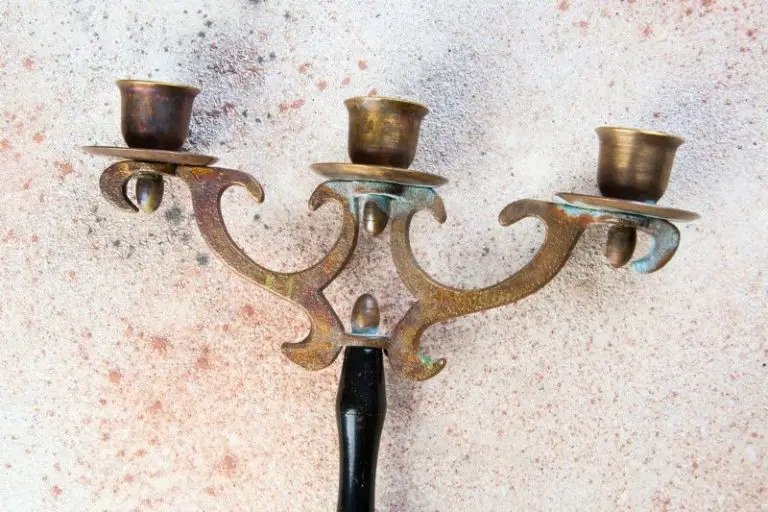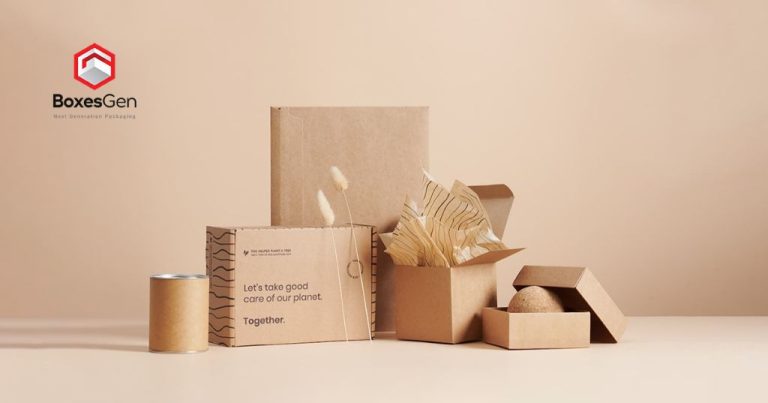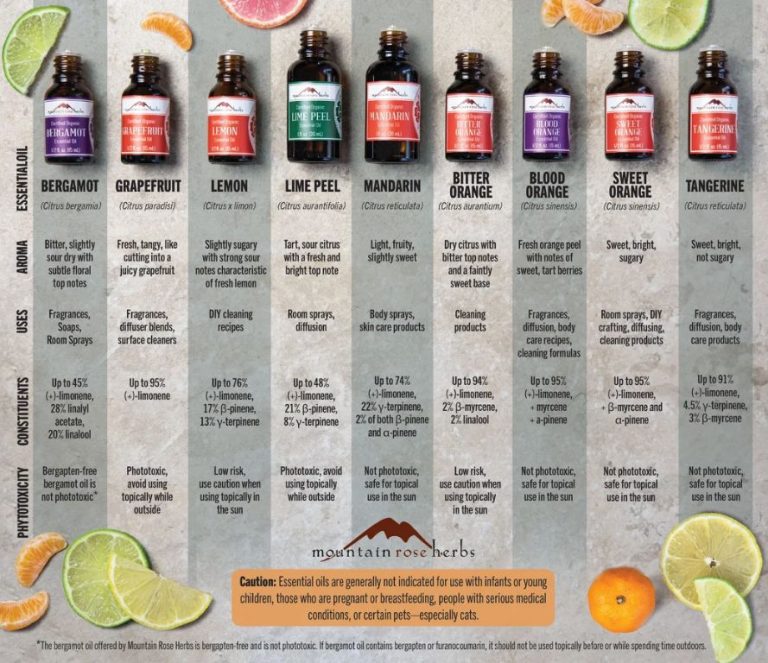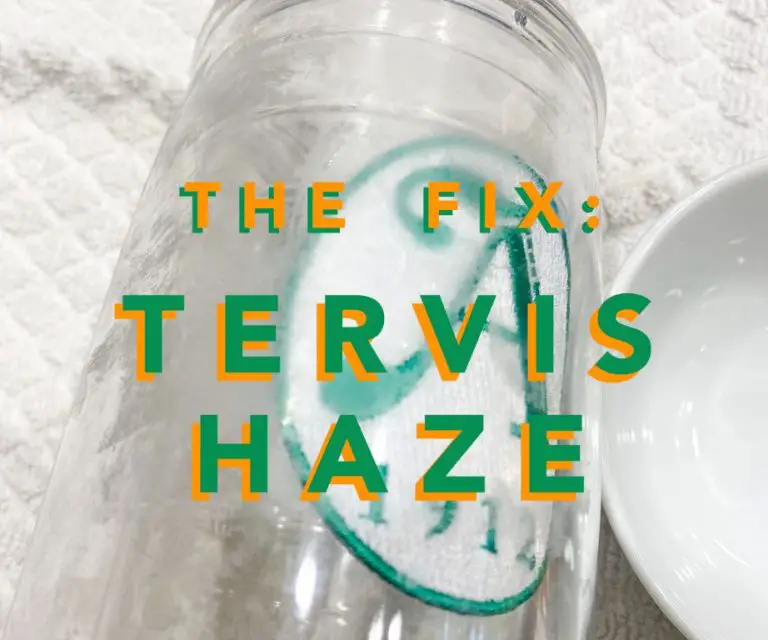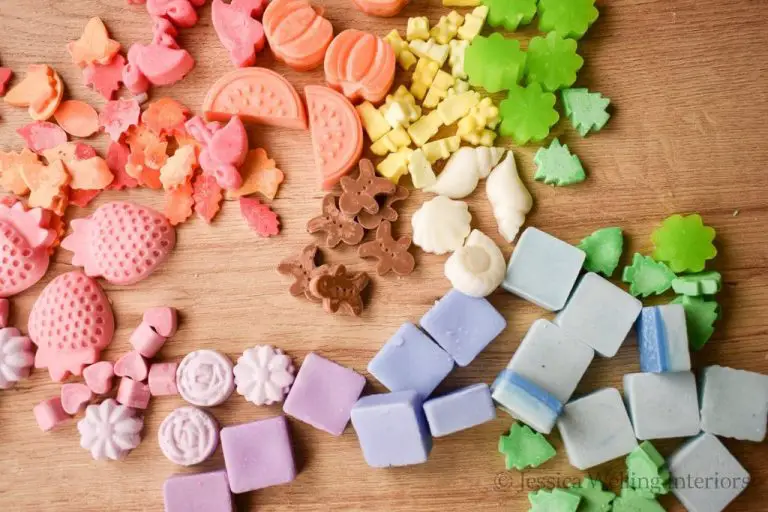How Do You Remove Wax Residue From A Pot?
It’s not uncommon for pots and pans to build up a layer of wax residue over time, especially if you regularly use candles, wax melts, or wax warmers in them. As the wax melts, some of it inevitably drips down the sides and bottom of the pot. Over many uses, this can lead to a thick, sticky wax coating that is difficult to remove.
Wax buildup not only looks unsightly, but it can also make your pots and pans harder to clean and negatively impact cooking performance. The wax coating prevents proper heat conductivity and distribution. It also provides a place for cooking oils and food particles to cling to, resulting in more stubborn cleanup.
Fortunately, with a little bit of effort, you can effectively remove wax from pots and restore them to a clean, functional state. This guide covers simple homemade remedies all the way up to commercial wax removing products. With the right technique, you’ll be able to easily melt away that pesky wax residue.
Assess the Pot and Wax
The first step is to examine the pot and wax residue to determine the best method for removal. Pay attention to the material of the pot, as some cleaners can damage certain surfaces. According to KitchenKapers, common pot materials include stainless steel, cast iron, copper, aluminum, carbon steel, ceramic, and non-stick coatings.
Additionally, look at the type and amount of wax buildup. Soft candle wax may scrape off, while hardened paraffin or beeswax may require heat to loosen. The thickness of wax impacts the technique too. In general, pots with nonstick coatings require gentler cleaning methods to avoid scratches.
Knowing the pot material and wax type will guide you in choosing the safest, most effective removal method. Avoid abrasives on coated surfaces, don’t boil dry stainless steel, and prevent thermal shock with ceramic. With an assessment first, you can customize the cleaning approach.
Scrape off Excess Wax
Once the wax has cooled and hardened, use a plastic scraper or old credit card to gently pry off any large chunks or layers of wax stuck to the sides and bottom of the pot [1]. Scraping removes the bulk of the wax quickly. Take care not to gouge or scratch the pot’s surface when scraping. Wax pieces may continue to flake off as you work.
Focus on removing built-up wax deposits rather than trying to wipe the pot completely clean at this stage. Scraping off the excess wax first makes the next cleaning steps easier and more effective. Avoid metal scrapers, as they could damage the pot’s surface. Plastic tools are ideal for this task.
Freeze and Chip Off
One effective method for removing wax residue is to freeze the pot and then chip off the hardened wax. This takes advantage of wax’s tendency to harden when cold. Follow these steps:
- Place the pot with wax residue in the freezer for at least 2 hours. Overnight is ideal to allow the wax to fully harden.
- Once frozen, take the pot out of the freezer. The wax should now be completely solid.
- Use a plastic scraper, old credit card, or butter knife to chip off the hardened wax. It should come off in chunks or flakes.
- Continue scraping at any remaining wax residue until it is removed from the pot’s surface.
- Wash the pot in warm, soapy water to remove any wax remnants.
Freezing wax makes it brittle so it chips off easily without having to use harsh chemicals. It provides an effective, fume-free method for removing even stubborn wax residue. Just be patient allowing the wax to fully freeze before attempting to scrape it off [1].
Boil Water
One effective method for removing wax is to boil water directly in the pot. Fill the pot with enough water to cover the wax residue and place it over high heat. Allow the water to come to a rolling boil, which will melt the wax. According to Architectural Digest, boiling water can melt wax in as little as 15 minutes[1]. As the wax melts, it will float to the top of the water.
Once the wax is melted, remove the pot from the heat and carefully pour the hot water and wax into a heat-safe container, according to a YouTube tutorial[2]. Avoid pouring down the drain, as the wax can clog pipes when it hardens again. Wipe out any remaining wax residue while the pot is still hot. This boiling water method removes wax quickly and efficiently.
Baking Soda and Vinegar
One of the more common household solutions for removing wax buildup is a paste made from baking soda and vinegar. The combination of baking soda, which is a mild abrasive, and the acidic vinegar helps to break down and dissolve the wax residue. To use this method:
- Mix equal parts baking soda and vinegar together to form a paste.
- Apply the paste directly to the affected areas of the pot.
- Let it sit for 5-10 minutes to allow the reaction between the baking soda and vinegar to work on dissolving the wax.
- Scrub the paste with a sponge or brush to loosen and lift away the wax residue.
- Rinse thoroughly with warm water.
The baking soda and vinegar approach can be very effective at removing layers of built up wax thanks to the combined chemical and physical action. Be sure to do a final rinse and inspection to ensure all traces of wax are gone. For really stubborn deposits, the process may need to be repeated several times (Source 1).
WD-40
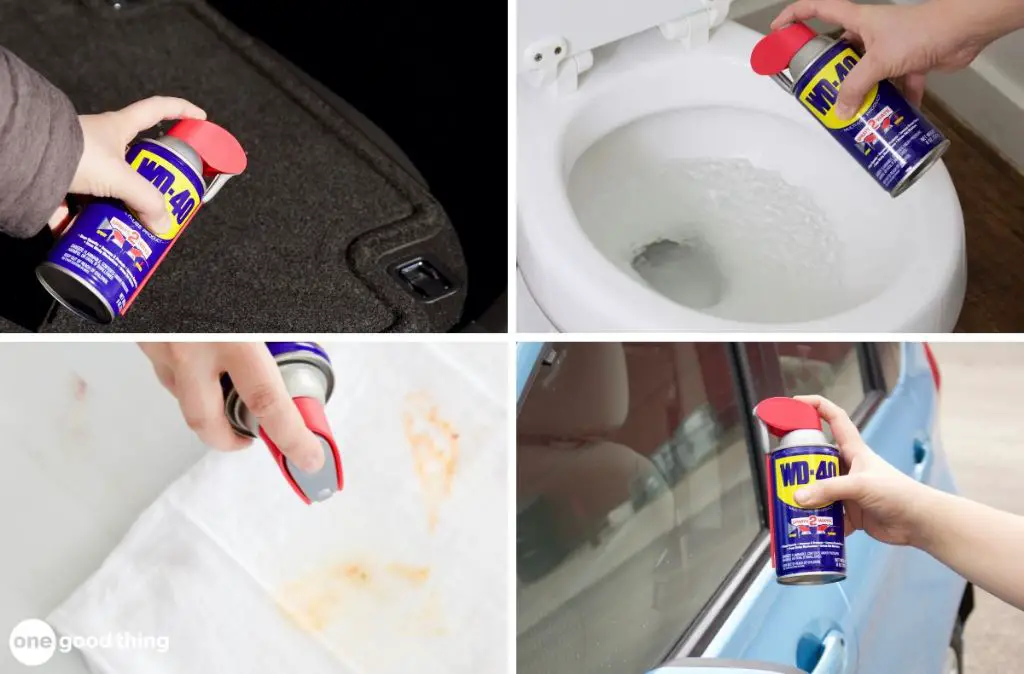
One of the most effective solutions for removing wax residue from pots and pans is WD-40. This multi-purpose lubricant is known for its ability to dissolve wax and grease. To use WD-40 for removing wax:
- Spray a generous amount of WD-40 directly onto the wax residue in the pot.
- Allow it to sit for 5-10 minutes to penetrate and break down the wax.
- Use a non-abrasive scrub pad or sponge to scrub the wax residue. The WD-40 will help loosen the wax so it can be easily removed.
- Wipe clean with a paper towel or rinse with water if needed.
The solvents in WD-40 are very effective at dissolving candle wax, paraffin wax, and beeswax from pots and pans. Always spot test on a small area first, but WD-40 is generally safe for most pots and pans. Allow time for the WD-40 to fully dissolve and lift the wax before scrubbing. With a little WD-40 and elbow grease, you can easily remove wax residue.
Rubbing Alcohol
Rubbing alcohol (isopropyl alcohol) can help break down wax and residue. Mix equal parts rubbing alcohol and white vinegar. Soak a cloth or cotton ball in the solution and rub it gently over the wax stained areas of the pot. Let it sit for several minutes to allow the rubbing alcohol to penetrate and dissolve the wax. According to research by Verywell Health, rubbing alcohol can help remove ear wax buildup through a process called ear irrigation. The same principle applies to dissolving wax on pots.
Be very careful not to get rubbing alcohol in your eyes or mucous membranes. Use the rubbing alcohol in a well-ventilated area and take care not to inhale the fumes. Rinse thoroughly with water when finished. Rubbing alcohol can dry out skin, so wear gloves if using for an extended period. Check that the pot is safe for alcohol before applying.
Commercial Wax Removers
There are a variety of commercial wax removing products available that can help dissolve and remove wax residue from pots and pans. Some popular options include:
Goo Gone – This is a mild, citrus-based cleaner specifically designed to remove wax, adhesives, stickers, and other sticky residues. It can be applied full strength to the affected area, let sit for a few minutes, then scrubbed away. According to this source, Goo Gone works well for removing wax buildup.
WD-40 – While not specifically a wax remover, WD-40 can help dissolve wax. Spray it directly on the wax, let it sit briefly, then scrub with a cloth or sponge.
Citrus-based solvents – Products containing d-limonene work well for cutting through wax. Look for citrus solvents at hardware stores.
Denatured alcohol – Either alone or mixed 50/50 with water, denatured alcohol can dissolve wax residue when applied directly. Scrub the area after letting it sit for a few minutes.
Using commercial wax removers is often the most effective and convenient way to remove tough wax buildup from pots and pans. Apply according to label instructions, allow time for the product to work, then scrub clean.
Preventing Wax Buildup
The best way to deal with wax residue is to prevent it from building up in the first place. Here are some tips for preventing wax buildup when burning candles:
Use a candle warmer instead of burning the candle. The warmer will melt the wax without producing any soot or smoke. Just place the unlit candle on the warmer and plug it in.
Trim the wick to 1/4 inch before lighting. Long wicks produce more soot. Trim the wick each time before lighting to reduce smoke and residue.
Don’t let the wax pool touch the sides of the container. Stop burning a jar candle once the wax pool reaches the edges. This will prevent wax from sticking to the sides.
Avoid drafts around candles. Drafts cause the flame to smoke and produce more soot. Keep candles away from vents, fans, open doors/windows.
Use a candle lantern or hurricane cover. The glass shields the flame while allowing light to shine through, reducing wax splatter and smoke release.
Put foil or a candle plate under the candle to catch wax drips and splatters.
Burn candles in intervals of 4 hours or less. Longer burn times increase smoke and impurities in the wax.
Switch to soy, vegetable, or beeswax candles. These burn cleaner than paraffin candles.
Ventilate the room while burning candles. Open a window or turn on a fan to allow airflow.

